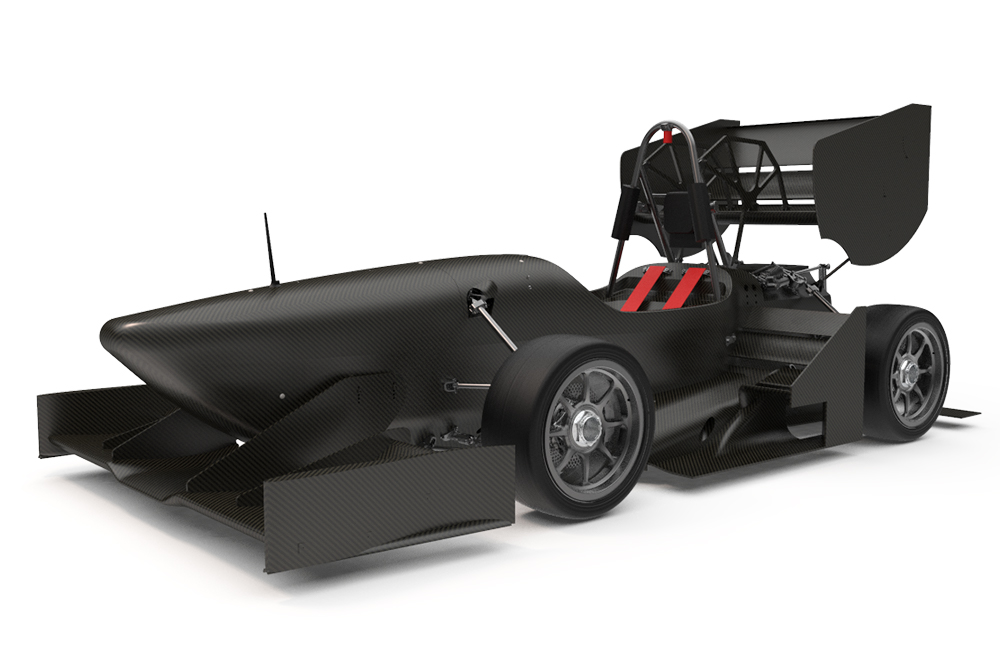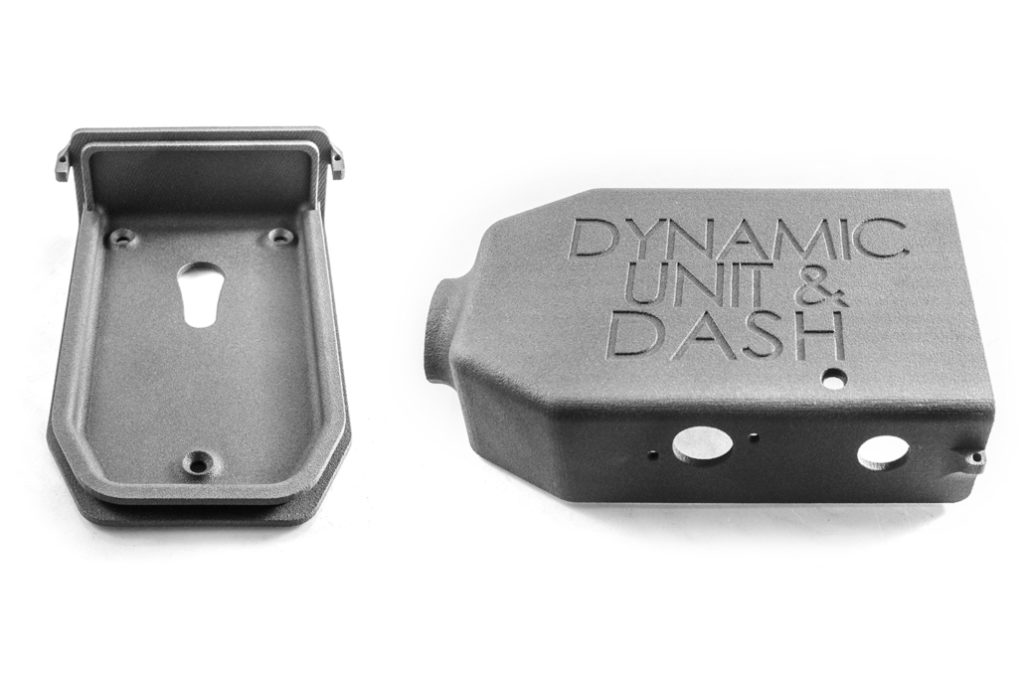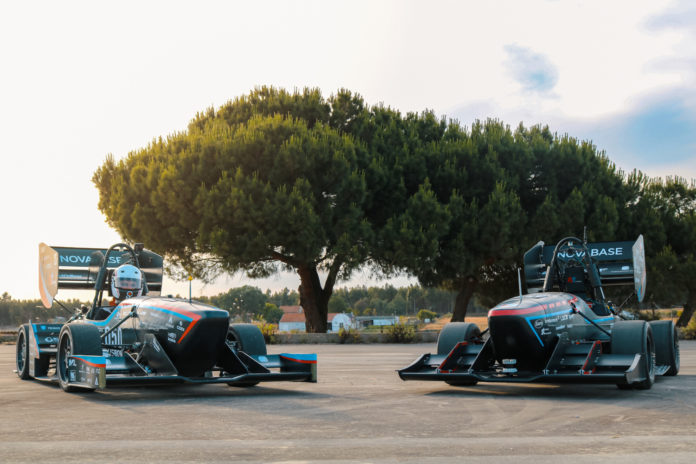The Formula Student Team FST Lisboa from Portugal makes use of various 3D printing technologies to build next-generation electric and autonomous driving race cars. Founded in 2001 by less than 10 students, the FST Team has been developing racing vehicles to compete all over the world since then.
“Our vision is to be within the top 10 electrical teams in Europe. With their most recent success – a 9th place out of 39 at the 2019 FS Germany competition – the team is motivated to achieve that goal again this year”, Miguel Lourenço,electrical and computer engineering student at the university of Lisbon and technical director of electrical systems at FST.
This year, two race car prototypes are at the heart of the project.
First, the FST10e: a newly designed electrical race car with the goal to surpass the predecessor’s performance and to achieve a top 10 finish. Second, the FST10d: a self-driving vehicle based on the previous generation with the challenge of making it capable of autonomous driving and competing in all the dynamic events. Why the focus on these categories? «We see electrical, autonomous driving as the future of the automotive industry», explains Lourenço.
The manufacturing process

With increasing popularity of 3D printing technologies, the FST Lisboa engineers also began to include them in their construction process – however, due to budget constraints, mostly limited to Fused Deposition Modeling (FDM) printers.
«The team uses 3D printing for any application where fast prototyping is required, or where complex shapes are hard to produce with conventional manufacturing methods», says Miguel. Some examples include containers, ducts, sleeves, molds, and miscellaneous tools for their workshop. The fragility of FDM prototypes, as well as design inaccuracies and size restrictions, motivated the students to look for other additive technologies suitable for end-use parts.
Low density, light weight, water tightness, high durability and – for power train parts – specific temperature and insulation ratings: considering the speeds and resulting forces, material requirements for race car components are obviously high.
In order to leverage a technology that could support these requirements, the FST team turned to Sintratec, manufacturer of SLS 3D printers, who decided to sponsor the manufacturing process of several components for the project.
The Sintratec technology is used in both vehicles for electronics containers, camera and display holders, as well as for ducts of the cooling system. Because SLS allows for highly complex geometries and does not require any support structures, the students were particularly free in their design process. For Miguel, apart from the low weight and the robustness, another advantage became evident: «The SLS technology made a difference especially for the cooling components since the parts have an excellent surface finish, improving the overall aerodynamic performance of such areas», he emphasizes. Soon after the sintered nylon parts were built into both vehicles, the cars were ready to be tested.

At the end of May, the FST team successfully rolled out their prototypes. Miguel has been convinced by the Sintratec technology: «Selective Laser Sintering definitely has a place in the future, and especially in the automotive industry», he says. Since the process produces less scrap material compared to conventional manufacturing methods, it is also a more sustainable option. And what about the partnership with Sintratec? Miguel summarizes: «Despite the distance between our countries – Portugal and Switzerland – the relationship felt professional and close, and that shows in the results.»
Both FST Lisboa racers will compete at the Formula Student Germany and Formula Student Spain events this August.
Remember, you can post job opportunities in the AM Industry on 3D ADEPT Media free of charge or look for a job via our job board. Make sure to follow us on our social networks and subscribe to our weekly newsletter : Facebook, Twitter, LinkedIn & Instagram ! If you want to be featured in the next issue of our digital magazine or if you hear a story that needs to be heard, make sure to send it to contact@3dadept.com






